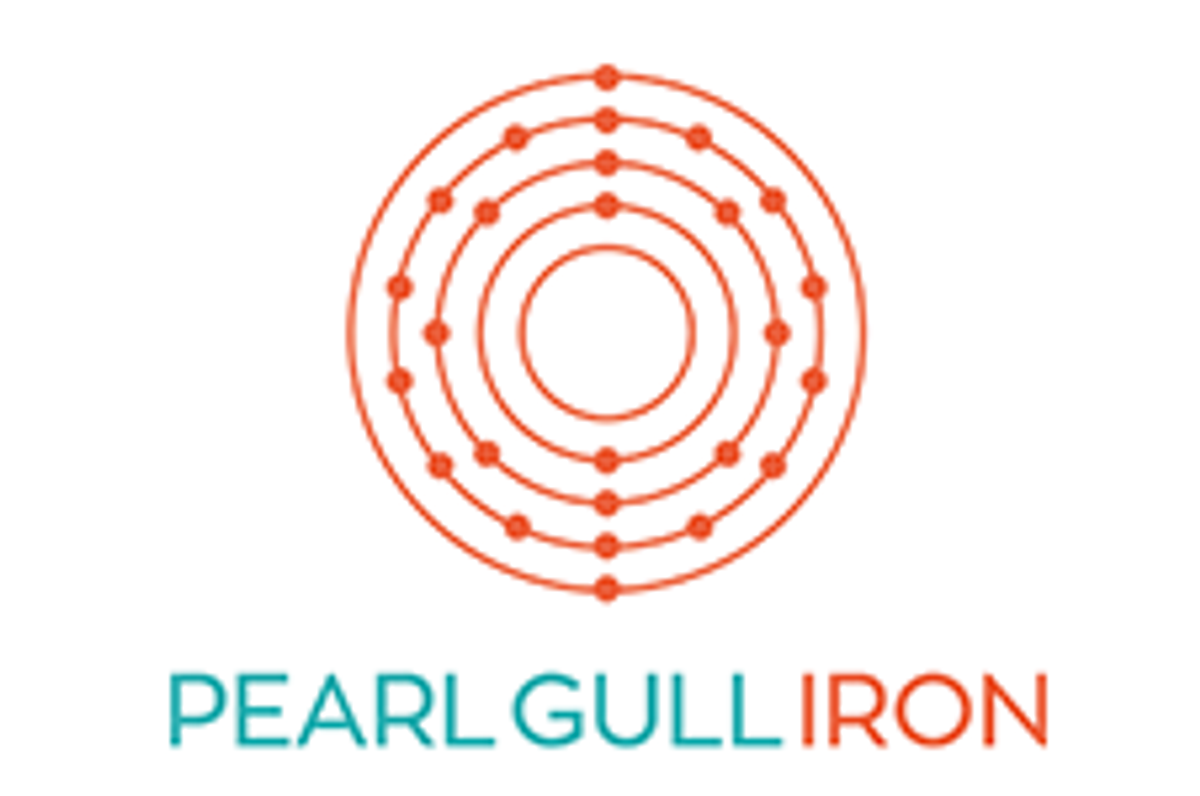
July 31, 2024
Pearl Gull Iron Limited (ASX: PLG) (Pearl Gull or the Company) is pleased to report on activities for the June 2024 quarter, which included executing a binding agreement to farm-in to the La Marigen Project located in Chile.
HIGHLIGHTS
- Pearl Gull Iron Limited entered into a binding agreement to acquire Huemul Holdings Pty Ltd (Huemul) (the Acquisition). Huemul has signed an agreement and is negotiating a further agreement to have the right to earn up to an 80% interest in NeoRe SpA (NeoRe) (Earn-in Agreement).
- NeoRe is a Chilean company that holds tenements and tenement applications in Chile that are highly prospective for Ionic Adsorption Clay (IAC) Rare Earth Elements (REEs) – the La Marigen Project.
- The La Marigen Project consists of 5 tenement/tenement application areas covering a combined area of ~22,800ha along the coastal belt of Chile, an emerging IAC REE province.
- Experienced minerals industry Executive, Dr John Mair, to join the Board and oversee the Company’s REE strategy. Dr Mair has over a decade of experience in the rare earth sector through his integral role in resource development, and metallurgical and feasibility studies of the Kvanefjeld project in Greenland.
- With the support of ERM Sustainable Mining, a field mapping exercise on Cockatoo Island was completed during the quarter to assist with the development of a 3D structural understanding of the relationship between the Switch Pit and Magazine areas. Final report is now being completed to assist with development of a drilling program.
- Care and maintenance activities continued on the island with receipt of weed management plan recommendations which are currently being implemented.
- Upcoming General Meeting to be held on 13 August 2024 to approve resolutions relating to the Acquisition.
The Acquisition and proposed farm-in to the La Marigen Project will further strengthen the asset portfolio of Pearl Gull with the Company seeking to leverage its network in the resources industry to provide new opportunities for its shareholders, while still seeking to realise value from the Cockatoo Island Project, located on Cockatoo Island, situated off the Northwest coast of Western Australia.
The entry into Chile, and specifically the ionic REE sector, has been considered following extensive due diligence, that has investigated the potential quality of genuine ionic adsorption REE-enriched clays, accessibility to key areas of resource definition, in-country support from operational logistics, and technical support from locally based and highly reputed institutions that already have over a decade of experience in the metallurgical processing of ionic REE clays.
Collectively, the proposition is the acquisition of the experience and in-country skill-set that presents both a value opportunity and a point of difference to other companies entering the REE sector, in addition to NeoRe’s existing tenure and extensive license applications.
Huemul, via many years in the REE sector, brings extensive connectivity to international operators, downstream processes and end-users on the rapidly advancing REE sector
NeoRe brings both international mining experience, strong knowledge of central Chile’s ionic REE belt, and importantly brings strong connectivity across all levels of stakeholders.
Pearl Gull’s Non-Executive Chairman, Russell Clark, commented:
“Following a substantial due diligence process we are excited to have executed a binding agreement to farm�in to the La Marigen Project, which we believe provides the Company with a significant opportunity to acquire an interest in an emerging ionic adsorption clay rare earth elements region, known to host high grades. Based on a limited surface sampling programme within the project area, which returned results commensurate with reported occurrences of IAC REE deposits in the region, and with the project areas being located in close proximity to Concepción, a major industrial city on the coast of Chile, we look forward to completing the acquisition and commencing initial exploration programs as soon as possible.”
Acquisition and Farm-in to the La Marigen Project
During the quarter, the Company announced that it entered into a binding term sheet to acquire 100% of the fully paid ordinary shares in Huemul which in turn has signed an agreement and is negotiating a further agreement for it to have a right to earn up to 80% of the equity in a privately held Chilean-company, NeoRe.
NeoRe holds 4 granted tenements and is the applicant pursuant to tenement applications that are considered to be highly prospective for IAC REEs, collectively covering a surface area of ~22,800ha and which comprise the La Marigen Project.
In parallel with the Acquisition, experienced Rare Earth industry executive Dr John Mair will join the Board of Pearl Gull and brings a wealth of experience in the development of REE assets. Dr Mair will provide guidance and oversight to the exploration and development activities in relation to the La Marigen Project.
Dr Mair is an economic geologist with extensive international experience across technical, managerial and corporate fields.
Dr Mair was previously Managing Director of Energy Transition Minerals Ltd (ASX:ETM – formerly Greenland Minerals Limited) and played a central role in the Kvanefjeld Project’stechnical evolution from a historically investigated uranium resource to one of the worlds most significant emerging REE projects. This included resource development, establishment of a globally-leading mining reserve, and playing a key role in Greenland (and Denmark) becoming a signatory of the IAEA. He maintains strong relationships with industry participants in China, Europe and North America.
The NeoRe in-country exploration team is highly credentialed and has extensive knowledge and experience operating in the region. The team has a robust track record of delineating and developing REE resources and following this transaction will be well positioned to progress the La Marigen Project.
Click here for the full ASX Release
This article includes content from Pearl Gull Iron, licensed for the purpose of publishing on Investing News Australia. This article does not constitute financial product advice. It is your responsibility to perform proper due diligence before acting upon any information provided here. Please refer to our full disclaimer here.
PLG:AU
The Conversation (0)
Latest News
Latest Press Releases
Related News
TOP STOCKS
American Battery4.030.24
Aion Therapeutic0.10-0.01
Cybin Corp2.140.00